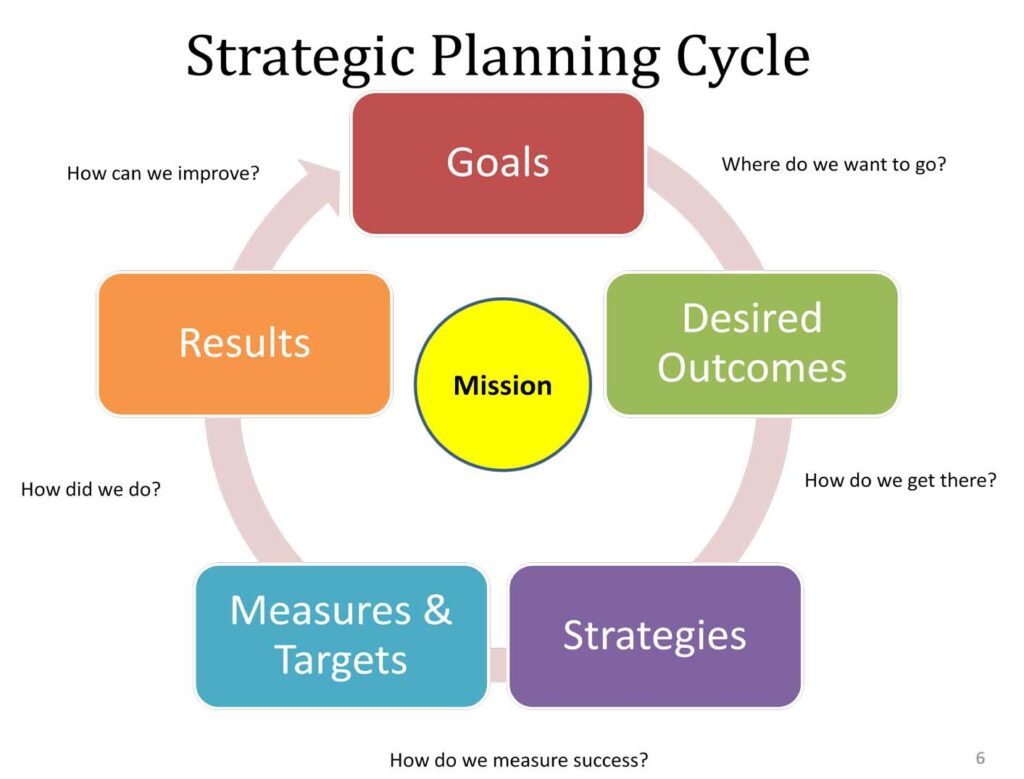What is the #1 question that most often gets overlooked?
You will have to wait a bit for the answer. However, I will give you a hint. The answer is shown in the image below.
As we begin to wind down the 2022 fiscal year, most business owners are thinking about or already beginning their planning cycle for the new calendar year ahead. They’re going through the early stages of the goal-setting process, reviewing the quarterly performance, and putting together annual budgets, forecasts, staffing plans and financial projections for the coming year.

It’s an exciting time of the year and right now, looking through those rose colored lenses, the future looks exceedingly bright. But what is missing? What’s missing is a reality check. Have we done our due diligence? Have we asked the most basic, fundamental question that should be answered before we charge ahead? Probably not.
Did you find the answer to the $64 Question that you’ve been waiting for? (Drum roll please) …
The Answer … “How can we improve?” You probably already figured this out. We get so consumed with closing the books on the current year and completing work on those future prosperity plans that we don’t take the time to reflect on what we could have done better. However, how can we expect to get better and improve performance if we don’t have specific areas identified to work on?
The desire for continuous improvement should be an integral part of what drives us to excel as individuals and as business leaders. If we are not focused on constantly raising the bar in terms of our expectations and overall performance, then what is the point? How can we improve is the most valuable question to ask before starting any work on goal-setting and planning for a new calendar year.
What makes continuous improvement work?
For the majority of businesses, continuous improvement doesn’t have to be a complex, expensive and time-consuming undertaking such as more extensive programs – e.g., Six Sigma, Lean, TQM. However, for any continuous improvement program to work, it does require:
- Leadership commitment.
- Agreement on the priorities.
- Alignment with strategic plans.
- Constancy of purpose.
- A longer-term mindset.
The desired improvements won’t just happen overnight. It will require dedicated effort on the part of all members of the organization to embrace the changes in order to succeed. Much like the strategic planning format, the continuous improvement efforts should also contain clear-cut goals, desired outcomes, strategies, measurements and targets, to produce results.
Depending on the areas of focus, continuous improvement as an ongoing effort could enable you to improve products, services, processes, and financial results. Consider this, if you were able to successfully accelerate your business growth by working on just your top 2-3 improvement areas for next year, think of the impact this could have on business performance.
Now, while you’re busy “fixing the business”, don’t forget to set aside time to work on yourself too. Continuous learning, personal and professional growth should also be a requisite part of your individual plans for success. So get to it.
Enjoy the journey!
John
COPYRIGHT © 2017-22 John Carroll